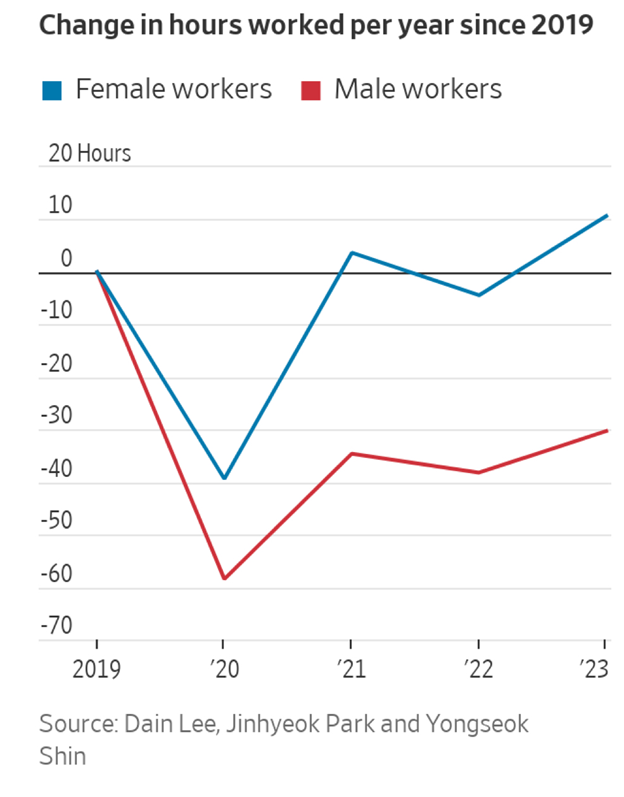Work Has Changed
Randy Wolken, President & CEO
In many ways, today’s labor market appears similar to what we experienced before the pandemic. The unemployment rate remains low, the share of adults in the labor market is high, and wages are growing. However, in some significant ways, the view of work has changed since COVID-19 disrupted so much of our lives.
The nature of how people view work has been altered in ways that I could not have imagined. Preferences for careers and work have changed for a meaningful portion of the workforce, including the manufacturing workforce. People want more time for their families and themselves. They now want more flexibility regarding when, how, and where they work.
This change in the view of work has led to even more significant shortages of individuals in situations that require in-person work and fixed schedule hours. Employers are being forced to react to this new view of work. We have an exceptionally tight labor market right now. If unemployment rises, this could change how people view work. But, for now, work has been altered by the pandemic.
The labor market has displayed an increased interest in fewer hours, more benefits, and safer and more pleasant work conditions. The pandemic has significantly impacted how we see work. COVID-19 did threaten the well-being of millions of individuals and their work. It threatened to make them sick and, to avoid the virus, it caused workers to have to care for their children. It shifted millions, in some cases temporarily, from physical to virtual work. Some still have virtual work as their way of working, and others long for the ability to work virtually. The pandemic weakened the hold physical jobs had on workers.
People still want to work. Overall, job satisfaction remains high. It’s just that other areas of people’s lives have grown in importance. Workers are now more willing to take vacation days, sick days, and all of the parental leave that they are offered. The result is that certain groups are working less. The largest group affected has been men. Men now annually work 30 hours less than in 2019, with the drop being most significant among upper-income college graduates. The trends are worth noting when it comes to hours that men vs women are working from 2019 to 2023.

What has happened is that in-person jobs with fixed shifts have become more challenging to fill. It is critical to monitor what is happening with job hours worked and see what is needed to hire and retain all workers in this post-pandemic environment. MACNY is here to help you adjust to the new work environment, which will be challenging. Manufacturing jobs are plentiful now and will only grow in the future. We are happy about this. However, it does require our members to understand the new post-pandemic work environment.